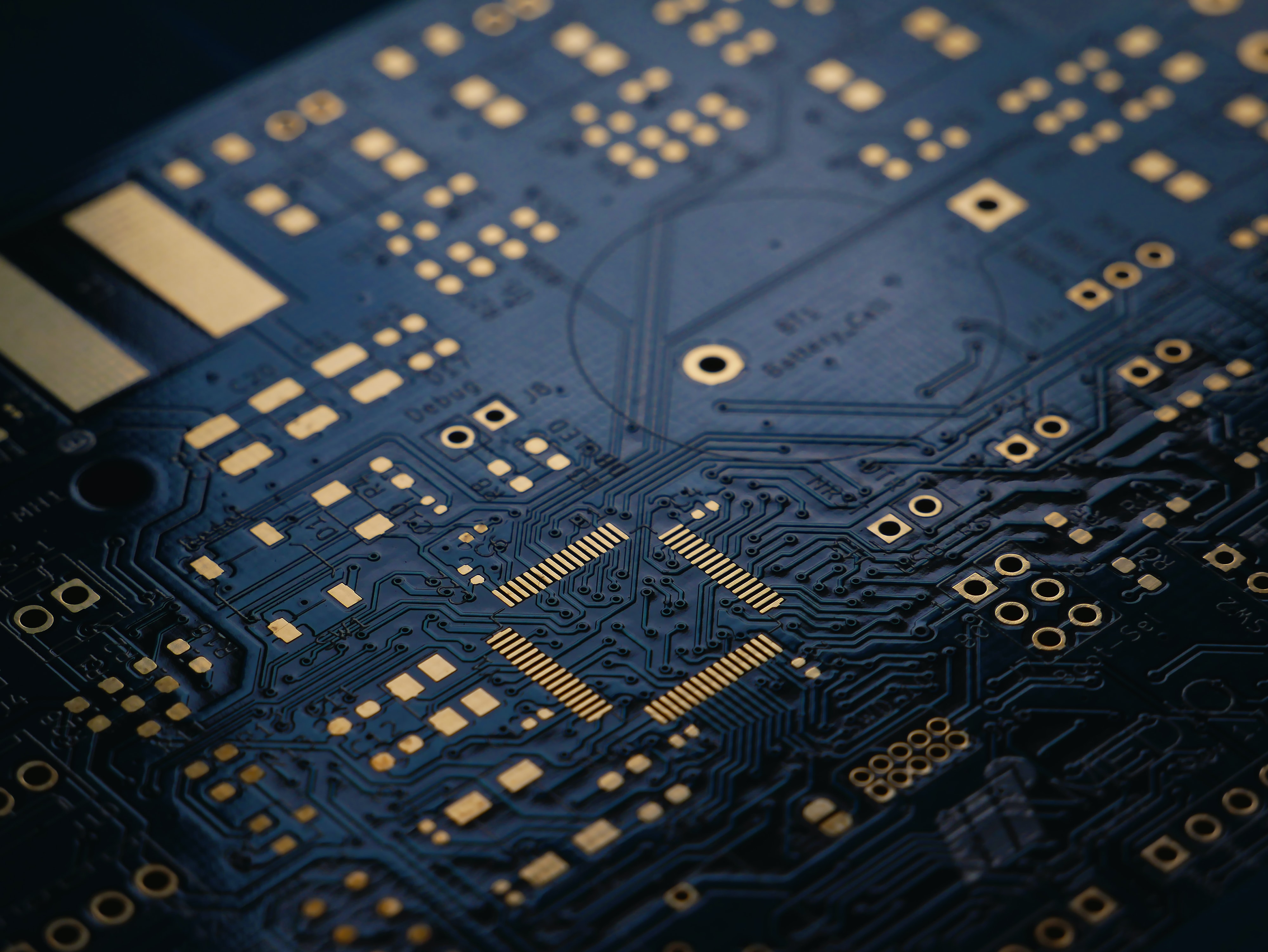
Nanofabrication in Purdue's Cleanroom
I was the first undergraduate student to take part in Purdue's new IC fabrication course. While fabricating cantilevers, I learned how to operate equipment in Birck Nanotechnology Center's cleanroom including atomic layer deposition (ALD), physical vapor deposition (PVD), photolithography, as well as wet and dry etching. This hands-on laboratory was supplemented by in-class instruction about silicon integrated circuit fabrication techniques. As part of a small team, I developed a hypothetical integration strategy for Intel's upcoming RibbonFET (gate-all-around transistor architecture) with a step-by-step fabrication flow. RibbonFETs are expected to replace finfet nodes in future Intel chips.

Smart Robotic Arm with Advanced Cabling Linkages
As project leader, I worked closely with my teammates to design and build the mechanical and electrical components for one of the most ambitious senior design projects at Purdue University. This robotic limb finds the optimal path to any given coordinate and moves its end effector with the help of a revolutionary new elbow joint design. All the motors are centered at the base of the robot and a 3:1 force multiplication in each joint is achieved through pulleys and cabling linkages.

Multicore Processor on FPGA
Designing and implementing a pipelined, multicore processor with cache coherency remains one of the most difficult yet rewarding projects of my life. Purdue is the only university in the country that offers a course dedicated to such an extensive FPGA project. Prior to this class, I studied digital design on FPGA boards in two semesters of undergraduate ASIC design courses. I also wrote dual thread programs in the assembly language MIPS to test my designs.
